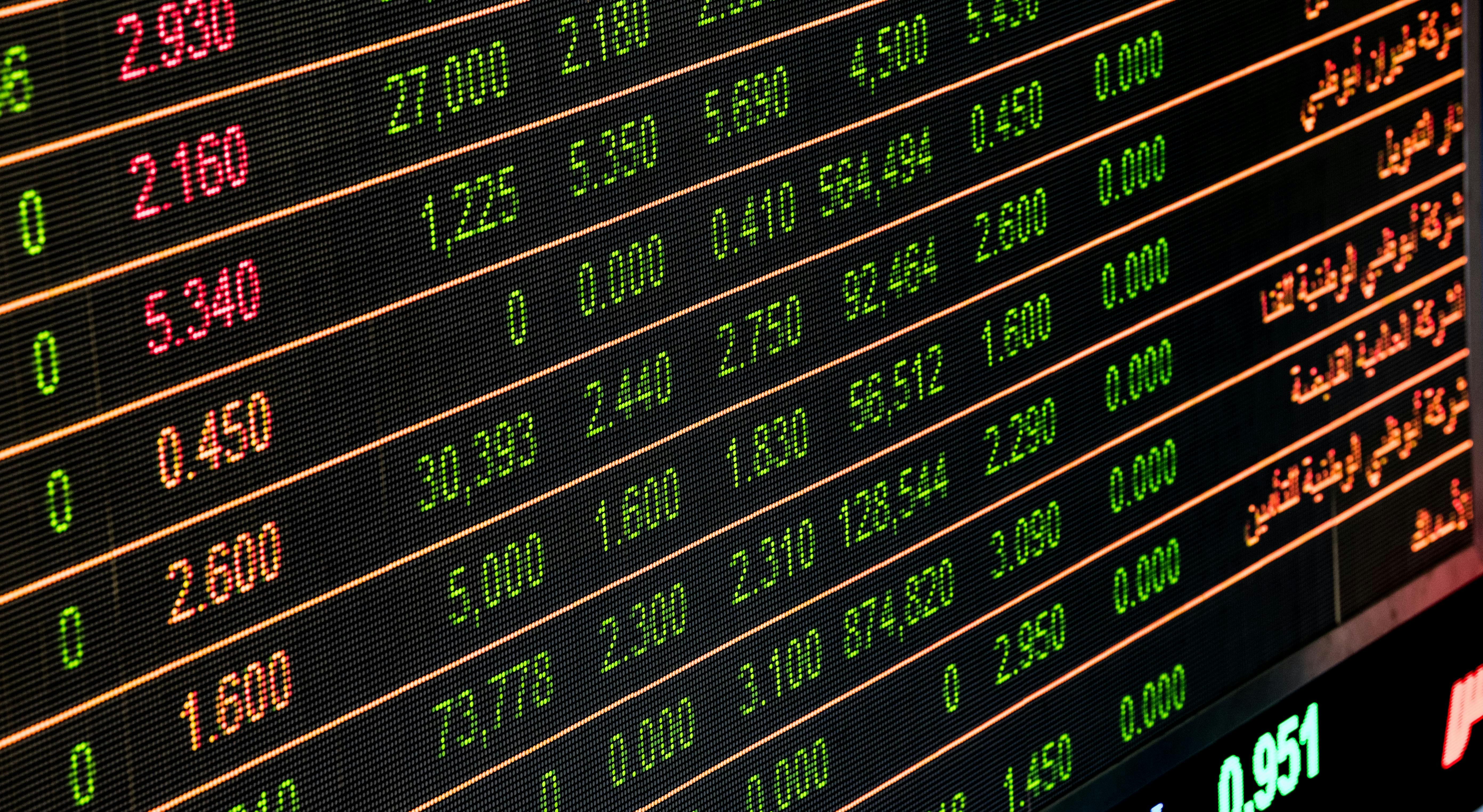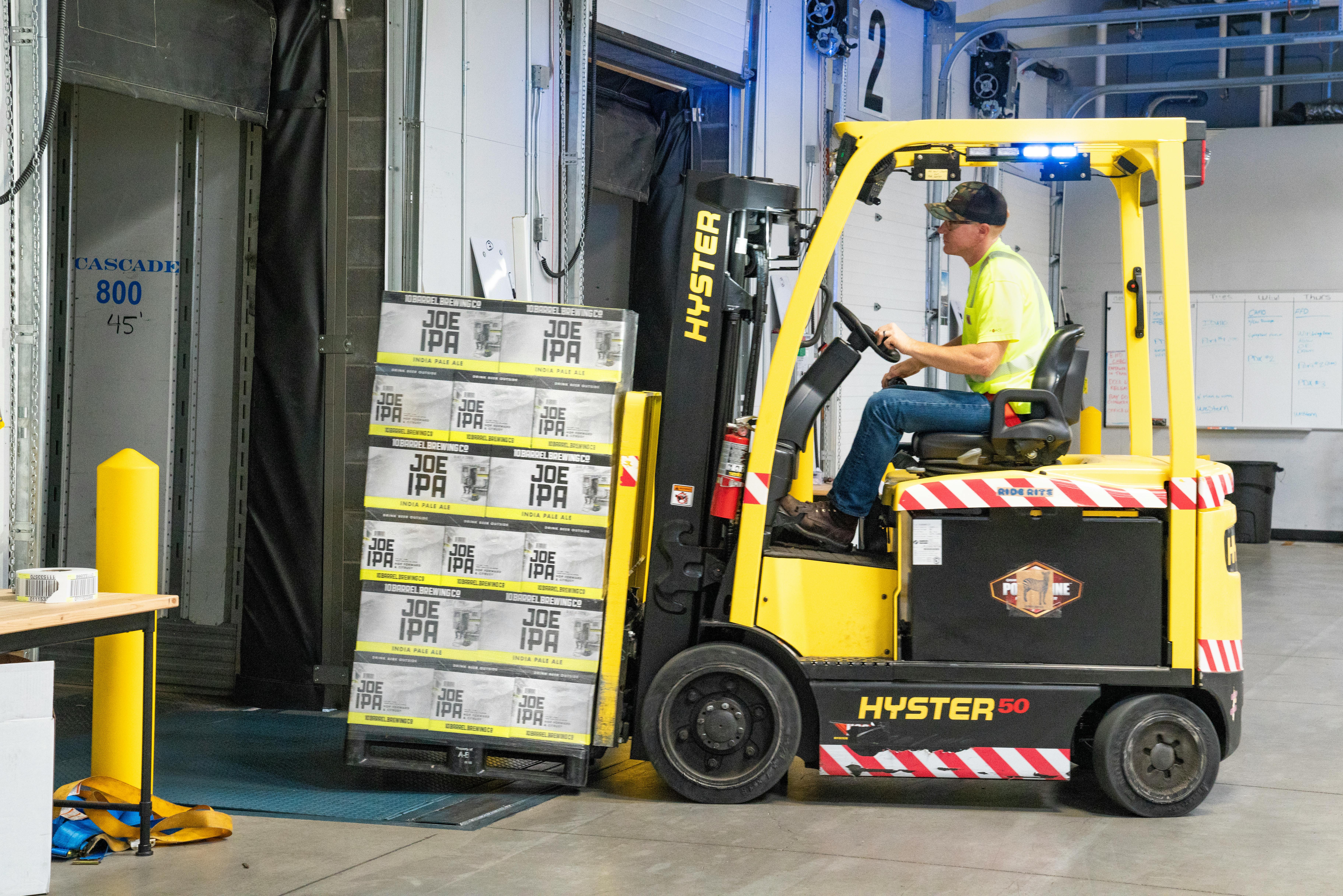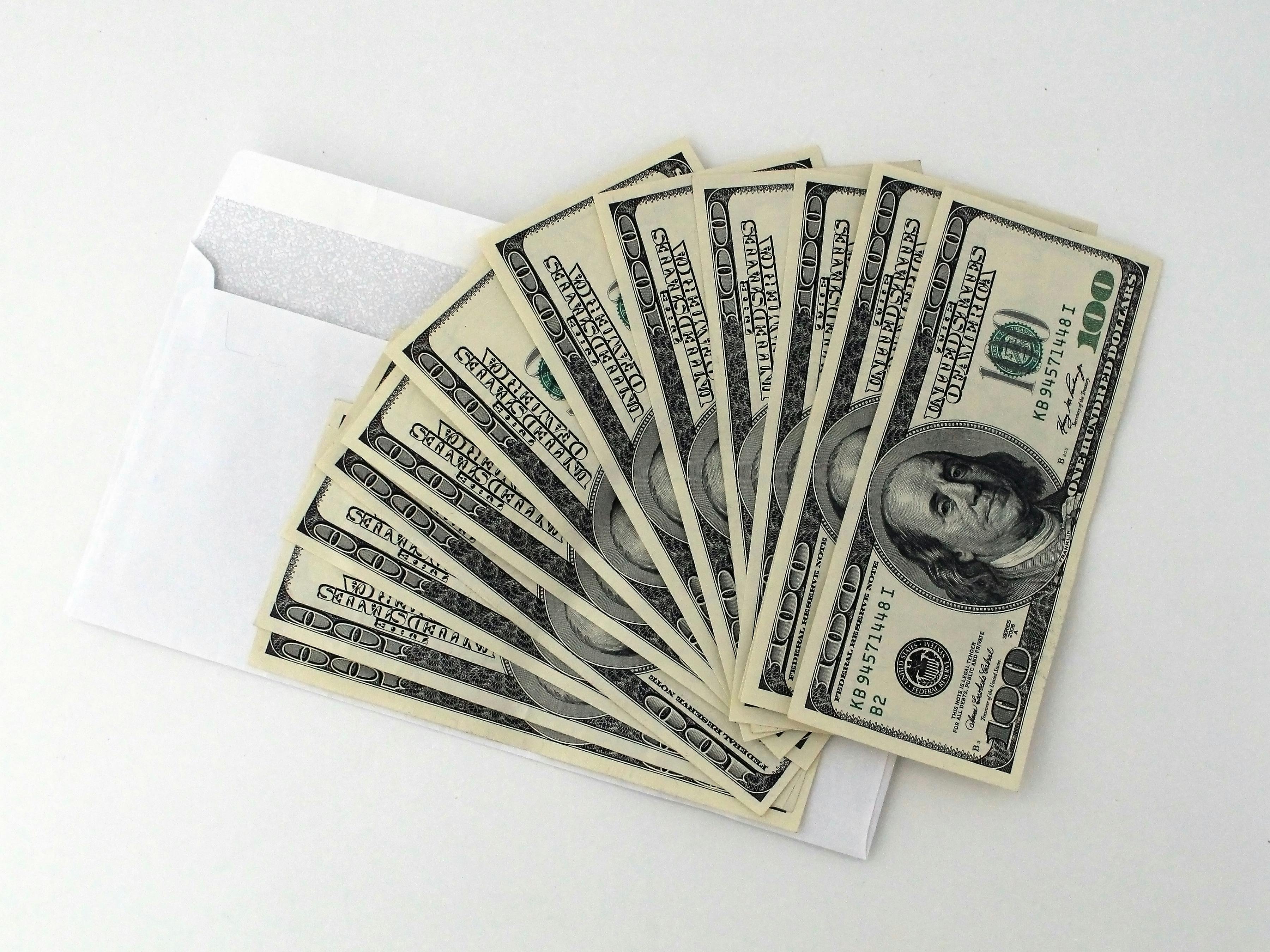
What is the Commodity Futures Curve? Reading Market Signals
Learn to read commodity futures curves and interpret term structure. Understand contango, backwardation, and how curve shapes reveal critical market conditions.
Every commodity market tells a story through its pricing structure, and the futures curve is the visual representation of that story. Whether you're trading crude oil, natural gas, precious metals, agricultural products, or any other commodity, the futures curve reveals critical information about current supply conditions, future expectations, storage dynamics, and potential profit opportunities.
Professional traders, portfolio managers, hedgers, and sophisticated investors use the futures curve as a primary tool for decision-making. Yet many market participants overlook this powerful analytical framework, focusing solely on spot prices while missing the rich information embedded in the entire term structure. Understanding how to read and interpret the futures curve can transform you from a casual observer into a strategic market participant.
Futures Curve at a Glance
Upward Slope (Contango)
Ample Supply
Storage costs priced in
Downward Slope (Backwardation)
Supply Tight
Immediate demand premium
Example: Oil Nov $85 → Dec $87 → Jan $89 (upward curve = contango)
What is the Commodity Futures Curve?
The commodity futures curve (also called the forward curve or term structure) is a graphical representation of futures prices for different delivery dates of the same commodity, plotted with delivery dates on the horizontal axis and prices on the vertical axis.
Think of it as a price timeline: it shows what the market is currently willing to pay for a commodity delivered today, next month, in three months, six months, a year, or even several years into the future. Each point on the curve represents a different futures contract month, creating a continuous picture of how prices change across time.
Components of the Futures Curve
- Spot price: Current price for immediate delivery (leftmost point, though sometimes not included in futures-only curves)
- Near-month futures: Contracts expiring in the next 1-3 months
- Middle-dated futures: Contracts expiring 3-12 months out
- Distant futures: Contracts expiring beyond one year
- Curve slope: The upward or downward angle indicating contango or backwardation
What the Curve Reveals
Unlike a simple price chart showing historical prices over time, the futures curve shows multiple prices at a single point in time—each for different future delivery dates. This reveals:
- Market expectations: What traders anticipate about future supply and demand
- Storage economics: Whether storing physical commodity is profitable
- Supply conditions: Whether current supply is tight or abundant
- Seasonal patterns: Expected seasonal supply or demand changes
- Roll costs or benefits: Whether rolling futures positions will profit or lose
The Two Main Curve Shapes: Contango and Backwardation
Futures curves take two fundamental shapes, each with distinct implications for market conditions and trading strategies.
Contango: Upward-Sloping Curve
In contango, the curve slopes upward—futures prices for distant delivery dates exceed prices for near-term delivery. This is considered the "normal" state for many commodity markets.
Example of Contango:
- Spot gold: $2,000/oz
- March futures (3 months): $2,008/oz
- June futures (6 months): $2,016/oz
- December futures (12 months): $2,032/oz
The upward slope reflects the cost of carry—storage, insurance, financing, and other costs associated with holding the physical commodity until future delivery. Rational markets price these costs into longer-dated contracts.
What Contango Signals:
- Adequate current supply—no shortage of immediate inventory
- Storage facilities available and accessible
- No urgent near-term demand driving spot premiums
- Market expects stable or improving supply conditions
- Negative roll yield for long futures positions
Backwardation: Downward-Sloping Curve
In backwardation, the curve slopes downward—near-term prices exceed distant futures prices. This indicates market stress or strong immediate demand.
Example of Backwardation:
- Spot crude oil: $90/barrel
- November futures (1 month): $88/barrel
- December futures (2 months): $86/barrel
- March futures (5 months): $83/barrel
The downward slope signals that immediate possession is valued more than future delivery, typically due to supply tightness, inventory shortages, or urgent current demand.
What Backwardation Signals:
- Tight current supply—inventories low or unavailable
- Strong immediate demand outpacing supply
- High convenience yield—value of having commodity now
- Market expects supply to improve or demand to moderate
- Positive roll yield for long futures positions
How to Read and Interpret the Futures Curve
Reading the futures curve effectively requires understanding what different curve characteristics indicate about market fundamentals.
Step 1: Identify the Overall Shape
Start by determining whether the curve is upward-sloping (contango), downward-sloping (backwardation), or relatively flat.
- Steep upward slope: Strong contango indicating abundant supply, high storage costs, or market expectations of rising prices
- Steep downward slope: Strong backwardation signaling supply shortage or urgent demand
- Flat curve: Market balance—current supply-demand roughly matches expected future conditions
Step 2: Measure the Spread
Calculate the price difference between near and distant contracts to quantify the curve's steepness:
Calendar Spread = Near Contract - Distant Contract
A wider spread (whether positive in backwardation or negative in contango) indicates stronger market conditions driving that term structure. Compare current spreads to historical norms to gauge whether conditions are typical or extreme.
Step 3: Look for Kinks and Anomalies
Sometimes curves don't follow smooth slopes. Watch for:
- Bumps or dips: Specific contract months trading out of line with neighbors, often due to delivery constraints or seasonal factors
- Curve inversions: Portions in contango while others show backwardation
- Sudden slope changes: Sharp transitions between near and distant contracts indicating changing market expectations
These anomalies often represent trading opportunities or warn of specific supply-demand factors affecting certain delivery periods.
Step 4: Compare to Historical Curves
Context matters. A commodity typically in contango entering backwardation is more significant than one that regularly alternates between states. Compare:
- Current curve to curves from last month, last year, or seasonal norms
- Current spreads to historical average spreads
- Current curve steepness to extreme historical levels
Step 5: Consider Seasonal Patterns
Many commodities show predictable seasonal curve shapes:
- Natural gas: Often shows peaks at winter contracts (heating demand) and troughs at summer contracts
- Agricultural commodities: Pre-harvest contracts often trade at premiums to post-harvest contracts
- Gasoline: Summer contracts (driving season) typically show premiums
Curves that deviate from typical seasonal patterns signal abnormal conditions worth investigating.
Why the Futures Curve Matters for Different Market Participants
The futures curve isn't just an abstract concept—it directly affects profitability and decision-making for everyone involved in commodity markets.
For Traders and Speculators
Roll Yield Opportunities: The curve shape determines whether rolling futures positions generates profits (backwardation) or costs (contango). A trader holding crude oil futures in steep backwardation earns positive roll yield as near contracts converge upward to spot prices.
Spread Trading: Calendar spreads profit from changes in curve shape. If you expect backwardation to steepen, you buy near contracts and sell distant ones, profiting when the spread widens.
Market Timing: Extreme curve shapes often signal unsustainable conditions. Historically steep contango or backwardation can indicate potential reversals, providing entry or exit signals.
For Commodity Producers
Hedging Decisions: The curve determines whether hedging future production locks in attractive prices. In contango, distant futures trade at premiums, potentially offering favorable hedging opportunities. In backwardation, producers might prefer remaining unhedged to benefit from high spot prices.
Storage Strategies: Contango curves can make storage profitable. If the spread between near and distant contracts exceeds storage costs, producers profit by storing production and selling later at higher futures prices.
For Commercial Consumers
Purchase Timing: Backwardation curves suggest buying spot inventory now, as immediate prices exceed future prices. Contango curves might justify deferring purchases and using futures hedges instead.
Budget Planning: The curve provides forward price indications for budgeting future commodity costs, though these should be understood as current market prices, not predictions.
For Commodity ETF Investors
Critical Performance Driver: Most commodity ETFs hold futures contracts and must roll expiring contracts monthly. The curve shape dominates long-term returns:
- Contango curves: ETFs sell expiring contracts at lower prices and buy distant contracts at higher prices, creating negative roll yield that destroys wealth even when spot prices rise
- Backwardation curves: ETFs sell expiring contracts at higher prices and buy distant contracts at lower prices, generating positive roll yield that enhances returns
Historical data shows crude oil ETFs underperforming spot oil by 30-50% over extended periods due to prolonged contango. Understanding the curve is essential for ETF investors.
Real-World Examples of Futures Curves
Example 1: Crude Oil Post-Pandemic Recovery (2021-2022)
Situation: Following COVID-19 demand recovery, crude oil showed severe backwardation with the curve sloping sharply downward. Front-month WTI traded $10-15 above 12-month futures.
Curve Signal: The steep backwardation indicated tight immediate supply as demand recovered faster than production. Inventories were depleted, and refineries needed immediate crude supplies.
Outcome: Long futures positions benefited from substantial positive roll yield. Oil ETFs outperformed spot oil. The backwardation persisted for over a year, correctly signaling structural supply deficits.
Lesson: Extreme backwardation curves signal real physical market tightness, not just financial speculation.
Example 2: Natural Gas Storage Glut (2020)
Situation: Mild winter weather left natural gas storage at record highs entering summer. The futures curve showed steep contango, with distant winter contracts trading $1.00+ above near-term contracts.
Curve Signal: The steep contango reflected abundant supply and full storage facilities. Storage economics favored waiting to buy rather than purchasing spot.
Outcome: Long natural gas futures positions suffered negative roll yield month after month. Natural gas ETFs significantly underperformed spot prices.
Lesson: Steep contango curves destroy returns for long-only futures positions through negative roll yield.
Example 3: Agricultural Commodity Pre-Harvest (Annual Pattern)
Situation: Every year before harvest, grain futures curves show characteristic shapes with old-crop contracts (pre-harvest) trading at premiums to new-crop contracts (post-harvest).
Curve Signal: The curve reflects dwindling old-crop supplies before harvest arrival. Once harvest begins, abundant new-crop supply normalizes prices.
Outcome: Farmers time sales around these seasonal curve patterns. Commercial buyers purchase post-harvest at lower new-crop prices.
Lesson: Predictable seasonal curve patterns create repeatable trading opportunities for those who recognize them.
Example 4: Gold During Financial Stress (Typical Pattern)
Situation: Gold futures curves typically show mild contango, with distant contracts trading $5-20 above spot per ounce, reflecting storage and financing costs.
Curve Signal: The steady, predictable contango indicates normal market conditions with established storage infrastructure and available inventory.
Outcome: Gold futures traders expect and accept small negative roll yield as the cost of leveraged exposure. Physical gold investors avoid this cost.
Lesson: Some commodities naturally trade in contango due to storage characteristics, making curve shape the "normal" baseline rather than an aberration.
Trading Strategies Based on Curve Analysis
Strategy 1: Roll Yield Capture
When to Use: Markets in backwardation with positive roll yield
How It Works: Hold long futures positions and roll contracts forward as they approach expiration. In backwardation, you sell expiring contracts at higher prices and buy distant contracts at lower prices, generating profit from the roll itself.
Risk: If the curve shifts from backwardation to contango, roll yield becomes negative.
Strategy 2: Calendar Spread Trading
When to Use: When you expect curve shape to change but are unsure about outright price direction
How It Works: Buy near-dated contracts and sell distant contracts (or vice versa) to profit from spread changes:
- Expect steepening backwardation: Buy near contracts, sell distant ones
- Expect flattening curve: Sell near contracts, buy distant ones
This strategy profits from curve shape changes while remaining neutral to outright price movements.
Strategy 3: Curve Arbitrage
When to Use: When curve spreads exceed carrying costs (storage + financing + insurance)
How It Works: For contango exceeding carrying costs:
- Buy physical commodity or spot futures
- Simultaneously sell distant futures
- Store the commodity
- Deliver against futures contract at expiration
- Profit = (Futures Price - Spot Price) - Storage Costs
This cash-and-carry arbitrage locks in risk-free profits when curves misprice carrying costs.
Strategy 4: Seasonal Curve Trading
When to Use: Commodities with predictable seasonal curve patterns
How It Works: Trade calendar spreads based on expected seasonal changes:
- Natural gas: Buy winter/summer spreads before cold weather expectations
- Gasoline: Buy summer/winter spreads before driving season
- Agricultural: Trade old-crop/new-crop spreads around harvest timing
Strategy 5: ETF Selection Based on Curves
When to Use: Deciding whether to hold commodity ETF exposure
How It Works: Use the curve to guide ETF decisions:
- Steep contango: Avoid futures-based ETFs or use physically-backed alternatives (gold, silver ETFs)
- Backwardation: Favor futures-based ETFs that benefit from positive roll yield
- Flat curves: ETF performance will closely track spot price changes
Common Mistakes When Analyzing Futures Curves
Mistake 1: Confusing Futures Curves with Price Charts
Error: Thinking the futures curve shows price history over time
Reality: The futures curve shows different prices at a single moment in time—each for different delivery dates. It's a snapshot of the term structure, not historical price movement.
Mistake 2: Assuming Curves Predict Future Spot Prices
Error: Treating distant futures prices as predictions of future spot prices
Reality: Futures prices reflect current expectations plus carrying costs and convenience yield. Research shows futures poorly predict future spot prices. They tell you what prices are today for future delivery, not what spot prices will be.
Mistake 3: Ignoring Roll Yield
Error: Evaluating commodity investments based solely on spot price changes while ignoring curve shape
Reality: For futures-based investments (most commodity ETFs), roll yield often dominates returns. Spot oil might rise 20% while an oil ETF in contango rises only 5% due to negative roll yield.
Mistake 4: Overlooking Seasonal Patterns
Error: Reacting to normal seasonal curve changes as if they represent unusual market conditions
Reality: Many commodities show predictable seasonal curves. Natural gas winter premiums or agricultural harvest discounts are normal, not signals of supply crises.
Mistake 5: Trading Against Extreme Curves Too Early
Error: Assuming extremely steep curves will immediately revert to normal
Reality: Curves can remain extremely steep for extended periods when justified by fundamentals. The 2021-2022 oil backwardation persisted for over a year. Wait for fundamental evidence of changing conditions before betting on curve normalization.
Tools and Resources for Monitoring Futures Curves
- Exchange websites: CME Group, ICE, and other exchanges publish settlement prices for all contract months
- Financial data terminals: Bloomberg, Refinitiv, and FactSet display automated futures curves
- Broker platforms: Most futures brokers provide curve charts for traded commodities
- Specialized commodity data services: Services like Barchart, QuikStrike, or DTN provide detailed curve analytics
- Free resources: Some exchanges and data providers offer free delayed curves or snapshots
Key Takeaways
- The futures curve plots futures prices across different delivery dates, revealing market expectations and supply-demand conditions
- Upward-sloping curves (contango) indicate ample supply and reflect storage/carrying costs
- Downward-sloping curves (backwardation) signal supply tightness and strong immediate demand
- Curve shape directly impacts roll yield—profits or losses from rolling futures contracts forward
- Steep curves (whether contango or backwardation) create trading opportunitiesthrough spreads, arbitrage, and roll yield strategies
- Commodity ETF performance is dominated by curve shape, often more than spot price changes
- Curves contain rich information beyond simple price levels: seasonal patterns, storage economics, and market expectations
- Compare current curves to historical patterns to identify unusual conditions and opportunities
- Different market participants use curves for different purposes: hedging, trading, timing, and investment decisions
- Futures prices are not predictions but reflect current market prices for future delivery adjusted for carrying costs
Related Topics on SpotMarketCap
Conclusion
The commodity futures curve is far more than a line on a chart—it's a window into market psychology, supply-demand dynamics, storage economics, and trading opportunities. While casual market observers fixate on today's spot price, sophisticated participants study the entire curve to understand the full picture: not just what a commodity costs now, but what it costs for delivery at every future date, and what those differences reveal about market conditions.
Every curve tells a story. An upward-sloping contango curve might say "we have plenty of supply right now—so much that it's worth paying storage costs to hold it for future sale." A downward-sloping backwardation curve tells a different story: "we desperately need supply now and will pay premiums for immediate delivery, even though we expect conditions to normalize later."
For traders, understanding curves opens numerous profit avenues beyond simple directional bets. Calendar spreads, roll yield capture, curve arbitrage, and seasonal trades all depend on curve analysis. For investors, particularly those using commodity ETFs, ignoring the curve is financial malpractice—curve shape often determines whether your investment profits or bleeds money through negative roll yield.
The accessibility and transparency of futures curves make them uniquely democratic market tools. Anyone with internet access can view futures prices and plot curves. The analysis doesn't require proprietary data, complex models, or inside information. The market shows you its term structure openly—your advantage comes from knowing what to look for and how to interpret what you see.
The next time you evaluate a commodity market, don't just check the spot price. Pull up the full futures curve. Is it steep or flat? Upward or downward sloping? How does it compare to historical patterns? What story is it telling about current conditions and future expectations? Master these questions, and you'll have a powerful analytical framework that transcends any single market or commodity.
Track Real-Time Asset Prices
Get instant access to live cryptocurrency, stock, ETF, and commodity prices. All assets in one powerful dashboard.
Related Articles

What is Normal Backwardation? Keynes' Theory Explained
Discover John Maynard Keynes' theory of normal backwardation and how risk premiums compensate speculators in commodity futures markets. Essential economics explained.

What is Convenience Yield? Why Storing Commodities Matters
Learn about convenience yield—the hidden value of holding physical commodities. Understand how it affects futures prices, backwardation, and commodity investment returns.

What is Basis in Commodity Trading? Spot-Futures Relationship Explained
Master the concept of basis in commodity trading—the critical difference between spot and futures prices. Essential knowledge for hedgers, traders, and investors.